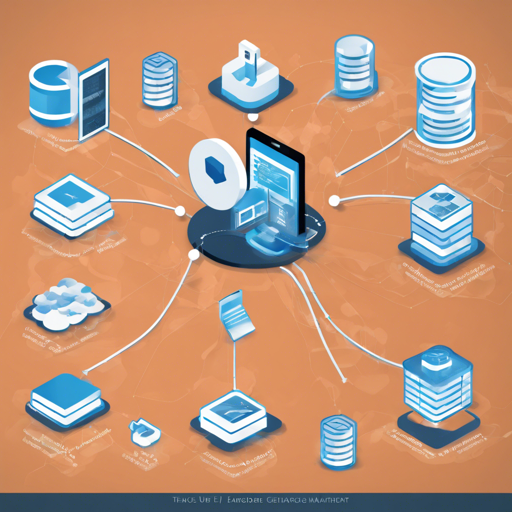Welcome to your guide on utilizing SeaSchema—the library designed to simplify managing database schemas across MySQL, Postgres, and SQLite. Whether you’re a beginner or a seasoned developer, this article will walk you through the essential features and how you can make the most of them.
Understanding SeaSchema
SeaSchema acts as a bridge between your database and programming language, providing type definitions and discovery utilities that ensure your database schema is defined and managed correctly. Here’s what makes SeaSchema a powerful tool:
- Type Definitions: Represent database schemas accurately.
- Querying and Parsing Utilities: Easily query information_schema for insights.
- Dynamic Discovery: Connect to live databases to reveal current schema details.
- Export Capabilities: Ability to export schema into SeaQuery and SQL statements.
Setting Up SeaSchema
To get started with SeaSchema, you first need to add it to your Rust project:
[dependencies]
sea-schema = "0.1.0"Schema Discovery Example
Let’s say you’re working with the MySQL Sakila Sample Database. To illustrate how SeaSchema performs schema discovery, consider the following SQL statement that creates a table:
CREATE TABLE film_actor (
actor_id SMALLINT UNSIGNED NOT NULL,
film_id SMALLINT UNSIGNED NOT NULL,
last_update TIMESTAMP NOT NULL DEFAULT CURRENT_TIMESTAMP ON UPDATE CURRENT_TIMESTAMP,
PRIMARY KEY (actor_id, film_id),
KEY idx_fk_film_id (film_id),
CONSTRAINT fk_film_actor_actor FOREIGN KEY (actor_id) REFERENCES actor (actor_id) ON DELETE RESTRICT ON UPDATE CASCADE,
CONSTRAINT fk_film_actor_film FOREIGN KEY (film_id) REFERENCES film (film_id) ON DELETE RESTRICT ON UPDATE CASCADE
) ENGINE=InnoDB DEFAULT CHARSET=utf8mb4;Imagine this code as building a LEGO structure. Each piece (or column in the table) is meticulously placed to not only fit with others but also to create a strong and well-defined structure. SeaSchema captures the essence of this structural integrity by providing a comprehensive definition that mirrors this relationship inside the database—ensuring that every actor is linked to a film seamlessly through the actor_id and film_id.
Interpreting the Discovered Schema
The output when you discover this schema might include detailed attributes for each column and key. For example, you can see information about:
- Table Name: film_actor
- Primary Keys: actor_id, film_id
- Data Types: SmallInt, Timestamp
- Foreign Keys: Relationships to other tables like actor and film
This detailed interpretation allows developers to visualize how their data will interact and ensure that the integrity of the relationships is upheld, just like ensuring the right LEGO pieces connect correctly.
Troubleshooting Common Issues
If you encounter issues while working with SeaSchema, here are some troubleshooting tips:
- Connection Issues: Check your database connection string to ensure correctness.
- Type Mismatches: Ensure that your Rust data types correspond to SQL types appropriately.
- Dependency Problems: If you face build issues, verify that the SeaSchema version in your project matches the version specified in your dependencies.
For more insights, updates, or to collaborate on AI development projects, stay connected with fxis.ai.
Conclusion
As you embark on your journey with SeaSchema, remember that this library is crafted to meet the ever-evolving needs of database management in Rust. It empowers you to define and discover your database schemas efficiently.
At fxis.ai, we believe that such advancements are crucial for the future of AI, as they enable more comprehensive and effective solutions. Our team is continually exploring new methodologies to push the envelope in artificial intelligence, ensuring that our clients benefit from the latest technological innovations.

